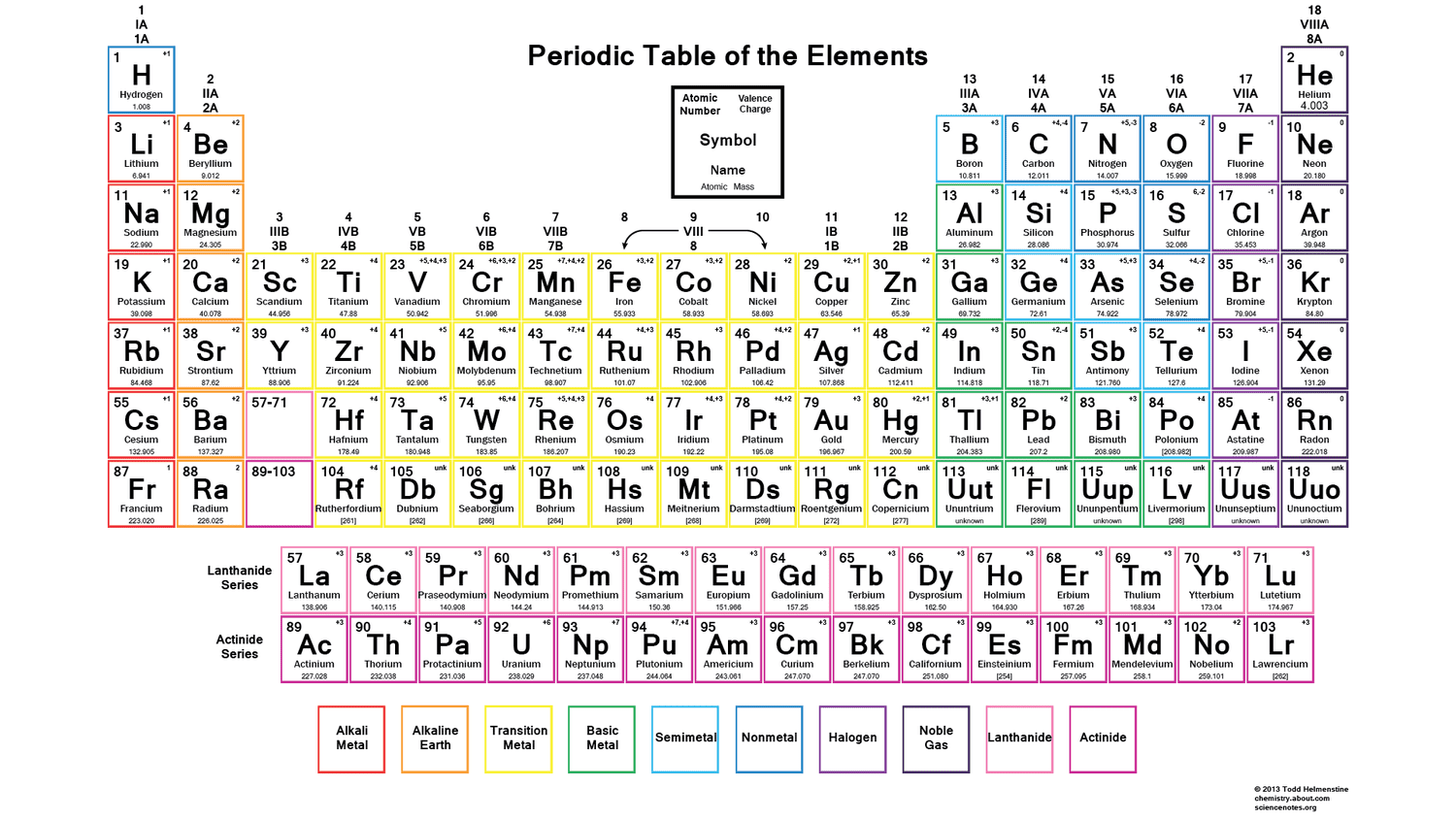Chemical energy is a fascinating and fundamental aspect of our world. It’s the energy stored in the bonds of chemical compounds, like atoms and molecules, and it plays a crucial role in various processes in our everyday lives. In this article, we’ll explore what chemical energy is, its importance, how it’s harnessed, and its implications for the future.
What is Chemical Energy?

Understanding the Basics
At its core, chemical energy is a form of potential energy. It’s the energy stored within the chemical bonds of molecules. When these bonds are broken or formed during a chemical reaction, the stored energy can be released or absorbed. Think of it like a coiled spring: it holds potential energy until it’s released, resulting in movement or action.
Chemical energy is present in everything around us, from the food we eat to the fuels we use to power our vehicles. It’s the reason why a slice of pizza fuels your energy throughout the day and why gasoline can power a car down the highway. The transformations of chemical energy are essential for life, as they are involved in processes such as metabolism and photosynthesis.
The Role of Chemical Bonds
To delve deeper, it’s essential to understand chemical bonds, which are the connections between atoms in a molecule. There are several types of bonds—covalent, ionic, and metallic—each with unique properties. Covalent bonds, for instance, involve the sharing of electron pairs between atoms, leading to the formation of molecules. Ionic bonds, on the other hand, involve the transfer of electrons, resulting in charged ions that attract each other.
When chemical reactions occur, these bonds break and new ones form, leading to a change in energy. For example, in combustion reactions, such as burning wood or gasoline, the bonds in the fuel break apart, releasing energy in the form of heat and light. This release of energy can be harnessed for various applications, from heating our homes to propelling engines.
Chemical Energy in Everyday Life
Chemical energy surrounds us daily, influencing everything we do. When we eat, our bodies break down food into simpler molecules through digestion, releasing chemical energy that fuels our activities. This energy powers cellular processes, allowing us to move, think, and grow.
In the industrial world, chemical energy is harnessed in various ways. From powering engines to producing electricity in power plants, the conversion of chemical energy into other forms of energy is crucial for modern society. Even in our homes, chemical energy is present in the batteries that power our devices, allowing for portability and convenience.
The Importance of Chemical Energy
Fueling the World
Chemical energy is the backbone of our global economy. Fossil fuels—coal, oil, and natural gas—are the primary sources of energy that drive industries, transportation, and electricity generation. These fuels contain vast amounts of chemical energy, making them efficient sources for powering everything from vehicles to factories.
However, the reliance on fossil fuels also raises environmental concerns. Burning these fuels releases greenhouse gases, contributing to climate change. This has sparked a global movement towards sustainable energy sources that can provide the same energy benefits without the negative environmental impact.
Renewable Energy Sources
The shift towards renewable energy is crucial in reducing our dependence on fossil fuels. Renewable sources, such as solar, wind, and bioenergy, offer alternative ways to harness chemical energy. For instance, biofuels, derived from organic materials, can be used to replace gasoline and diesel in vehicles. These biofuels release chemical energy similar to fossil fuels, but they can be produced sustainably.
In addition, hydrogen fuel cells represent an innovative approach to utilizing chemical energy. By combining hydrogen and oxygen in a fuel cell, we can produce electricity while emitting only water as a byproduct. This technology has the potential to revolutionize transportation and power generation, providing a clean alternative to traditional fossil fuels.
The Role of Chemical Energy in Sustainability
Sustainability is a key focus in today’s energy landscape. As we strive for a balance between energy consumption and environmental protection, understanding and utilizing chemical energy sustainably is vital. This involves not only finding cleaner alternatives to fossil fuels but also enhancing energy efficiency in our processes.
For example, advancements in battery technology, particularly in lithium-ion batteries, have allowed for better energy storage solutions. These batteries store chemical energy, which can be released as electrical energy when needed. This capability is critical for integrating renewable energy sources into our power grid, ensuring we can rely on clean energy even when the sun isn’t shining or the wind isn’t blowing.
Chemical Reactions and Energy Transformations
Types of Chemical Reactions
Chemical reactions are at the heart of how chemical energy is transformed and utilized. There are several types of reactions, including exothermic and endothermic reactions. Exothermic reactions release energy, often in the form of heat, while endothermic reactions absorb energy from their surroundings.
For example, combustion reactions, like burning wood or fossil fuels, are exothermic. They release energy that can be harnessed for heating or powering vehicles. On the other hand, photosynthesis in plants is an endothermic reaction. Plants absorb sunlight to convert carbon dioxide and water into glucose and oxygen, storing energy in the chemical bonds of glucose.
Energy Changes in Reactions
During a chemical reaction, energy changes occur as bonds break and form. The difference in energy between the reactants and products determines whether the reaction is exothermic or endothermic. This energy change can be visualized using energy diagrams, which illustrate the energy levels of reactants and products.
For instance, in an exothermic reaction, the products have lower energy than the reactants, indicating that energy has been released. In contrast, an endothermic reaction shows the products at a higher energy level than the reactants, signifying that energy has been absorbed during the reaction process.
The Importance of Activation Energy
Every chemical reaction requires a certain amount of energy to get started, known as activation energy. This energy is needed to break the initial bonds in the reactants before new bonds can form in the products. Activation energy can come from various sources, such as heat, light, or even electrical energy.
Understanding activation energy is crucial in fields like chemistry and engineering, as it helps in designing more efficient chemical processes. For instance, catalysts can be used to lower the activation energy required for a reaction, increasing the reaction rate without being consumed in the process. This is particularly important in industrial applications, where maximizing efficiency can lead to significant cost savings and reduced environmental impact.
The Future of Chemical Energy
Innovations in Chemical Energy Storage
As the energy demand continues to grow, innovations in chemical energy storage are essential. Researchers are exploring various materials and technologies to enhance energy storage systems. For instance, solid-state batteries are emerging as a safer and more efficient alternative to traditional lithium-ion batteries.
These solid-state batteries use solid electrolytes instead of liquid ones, reducing the risk of leakage and combustion. They also have the potential for higher energy density, meaning they can store more energy in a smaller space. This advancement could revolutionize the electric vehicle market and lead to longer-lasting and more efficient energy storage systems.
Advances in Hydrogen Fuel Technology
Hydrogen fuel technology is another area of exciting development. As a clean energy carrier, hydrogen has the potential to play a significant role in our energy future. Researchers are working on improving methods for hydrogen production, such as water electrolysis, which uses renewable energy sources to split water into hydrogen and oxygen.
Moreover, advancements in hydrogen storage and transportation technologies are essential for making hydrogen a viable energy source. By addressing these challenges, hydrogen can become a mainstream fuel option, powering everything from vehicles to industrial processes with minimal environmental impact.
The Role of Chemical Energy in Climate Change Mitigation
As we face the challenges of climate change, the role of chemical energy in mitigation strategies cannot be overstated. Transitioning to renewable energy sources, improving energy efficiency, and developing carbon capture technologies are all crucial steps in reducing greenhouse gas emissions.
Chemical energy plays a pivotal role in these efforts. For example, carbon capture and storage (CCS) technologies aim to capture carbon dioxide emissions from industrial processes and store them underground. This prevents CO2 from entering the atmosphere, helping to mitigate climate change impacts.
Furthermore, as we move towards a circular economy, the principles of chemical energy utilization will guide us in recycling materials and minimizing waste. By harnessing chemical energy efficiently and sustainably, we can create a more resilient and environmentally friendly future.
Conclusion
Chemical energy is a powerful force that drives our world. From the food we consume to the fuels that power our vehicles, it plays an integral role in our daily lives. Understanding its mechanisms, applications, and implications is crucial as we navigate the challenges of energy consumption and environmental sustainability.
As we look to the future, innovations in chemical energy storage, hydrogen fuel technology, and sustainable practices will be key in shaping a cleaner, more efficient energy landscape. By harnessing the power of chemical energy responsibly, we can fuel our world while safeguarding the planet for generations to come.
In this journey, it’s vital to stay informed and engaged, as the future of energy is not just about science—it’s about creating a sustainable world for everyone.




